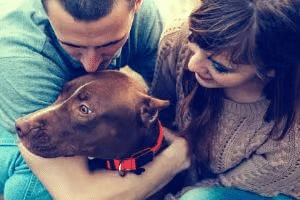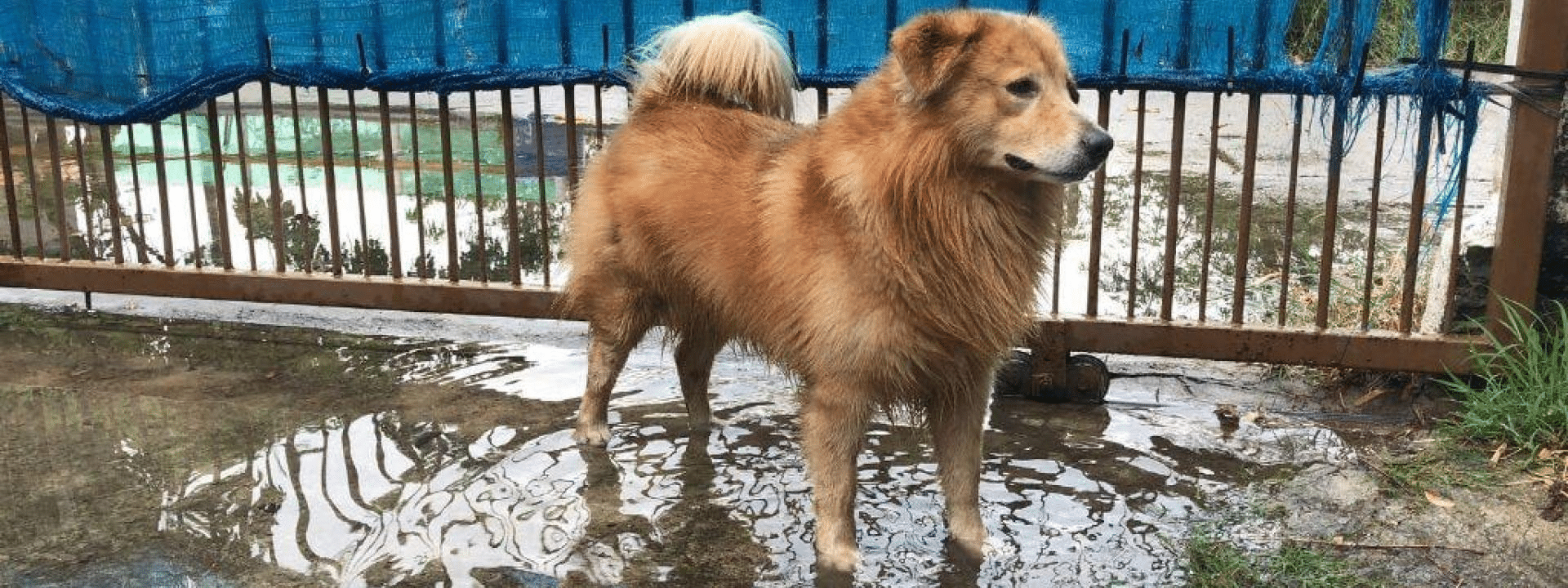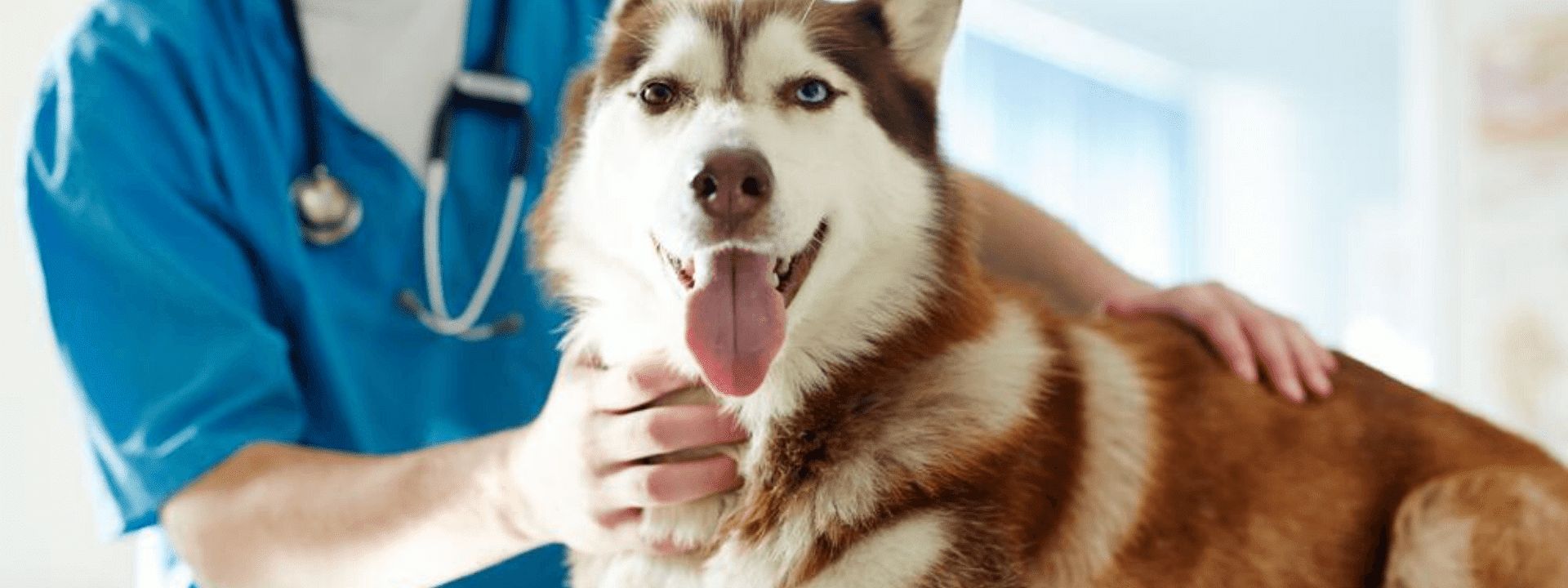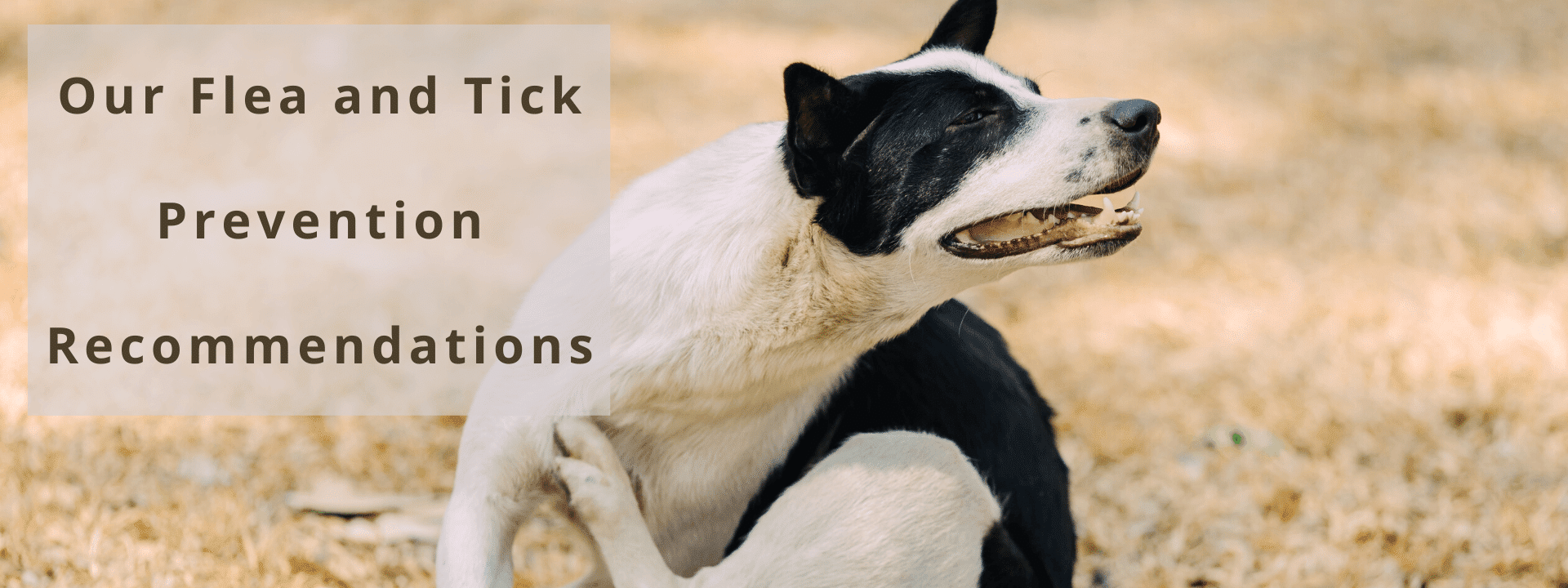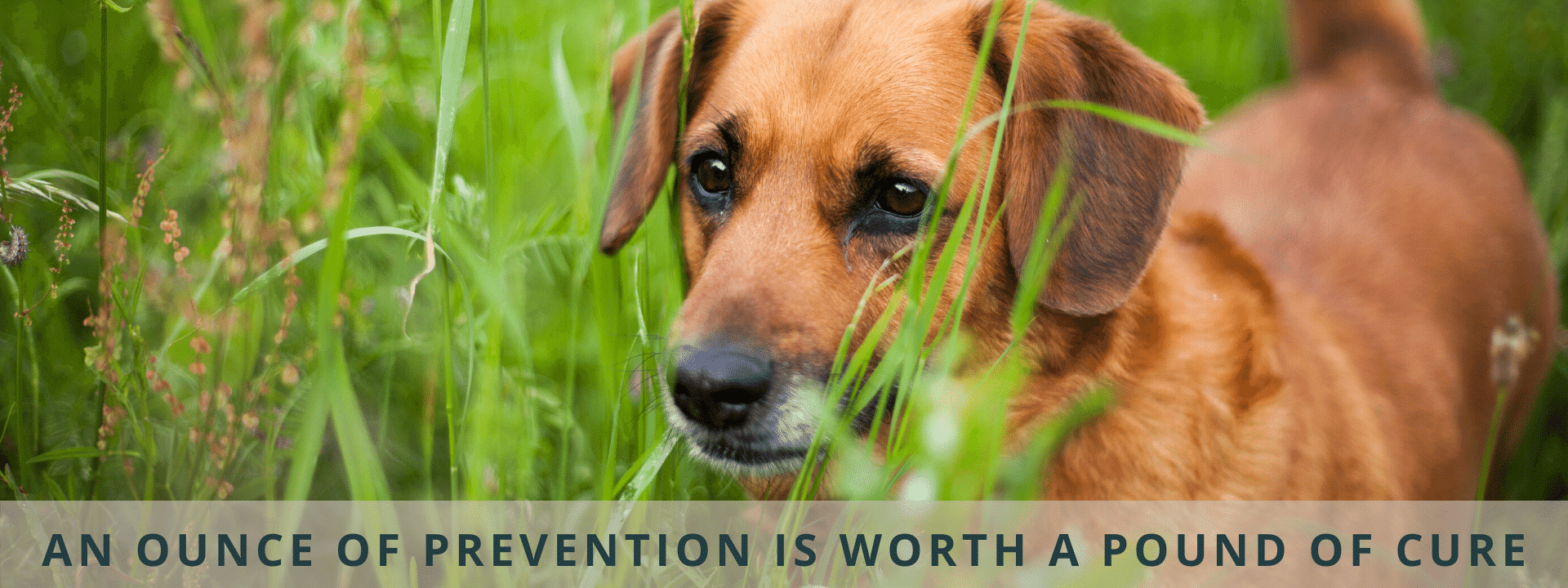As we are in peak hurricane and storm season in many parts of the United States, we figured that now is as good a time as any to discuss disaster preparedness. As veterinarians, however, we want to point out the necessity of having your pets involved in your (hopefully!) very-detailed emergency preparedness plan. Far too many times, we read articles or see news stories of pets being left behind, some never to be reunited with their owners. Even worse, many pets die during these disasters.
Of course, we can’t blanketly say that these owners didn’t try to help their pets, as being in the middle of something like a hurricane can leave even the calmest person in a frenzy. However, if you have a plan and supplies at the ready, you are far more likely to give your precious pet a chance of survival along with the rest of your family. That’s why we’ve taken the time to compile the answers to commonly asked questions on how to best prepare for disasters when you have a pet, and shared them below.

What is the Most Crucial Component to Preparing For Disaster When You Own Pets?
With flooding a threat in the Midwest, hurricanes in the Southeast, and fire season out west, there’s a good chance that you live in an area that is prone to natural disasters at least part of the year. Because of this, one of the biggest things to be aware if you’re not already is that your veterinarian almost certainly has a portal filled with your pet’s information, just like you probably do with your human doctor. The beauty of that is that, as long as you have a cell phone after the disaster, you have access to your pet’s medical records. Unlike physical things you need to grab on the way out, such as photo albums and legal documents, these records are now online for 24/7 access.
If you have to relocate to another town and your pet needs medical help, the veterinarian treating them will know things like past medical history, allergies, vaccinations, medications and dosages, and more in order to effectively treat them. So when it comes to planning, all you need to do is make sure your veterinarian offers this service and, if so, you need your log-in information. This portal can save you a ton of time and heartache during any sort of emergency.
The other facet to this is the importance of microchipping in the event that your dog or cat is lost during the chaos of the emergency. Sometimes pets run away due to panic before you’ve had a chance to put them in carriers or on leashes, or they might even pull out of the leash once outside. Thankfully, microchip databases are all integrated now, so any shelter or veterinary office will have the scanner to look for a chip should they be turned in. That number is then put into a database and the information is used to reunite the likely frantic owner with the surely frantic pet!
The ease with which you can have access to your pet’s medical records could be the difference between life and death. Thankfully, pet medicine isn’t limited by HIPAA laws as far as confidentiality, so any vet of your choosing will be able to treat your furry friend in a timely fashion.
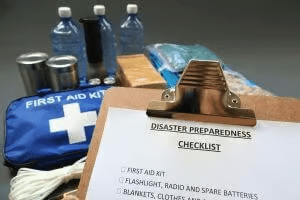
What Should I Include in My Emergency Preparedness Kit For My Pet(s)?
The first thing you’ll need is a simple container, such as a Tupperware or pasta storage container. Get out a pen and piece of paper and put your contact information on this paper to be attached to the top of the inside of this container.
On top of your name and contact information, consider including the following information on your emergency contact form:
-
Veterinarian’s information
-
Pet’s name
-
Pet’s weight
-
Any pressing medical concerns
Even if you end up with your pet, you might be so frazzled by the situation that you can’t recall this kind of information.
Other items to include in your disaster preparedness kit for pets are:
-
Scissors
-
An eye flush (not medicine, just a saline flush that you can get at any pharmacy) in case the pet scratches at their eyes in a panic
-
K-Y jelly (explanation below)
-
One-inch white tape
-
Non-adhesive gauze for bandaging
-
A vet wrap to keep the gauze in place
Now, on to the explanation for the K-Y jelly…with any open wound on an animal, the clock starts ticking as soon as the wound is opened. Smear the wound with K-Y jelly to keep the bacteria content down, to slow tissue retraction, and to make any gauze you apply easy for the treating veterinarian to remove. This is just a temporary solution that you can use to ultimately aid in the treatment of your pet once they get to a veterinarian.
As for the gauze and vet wrap, it’s very important to note that if you don’t have a medical background, putting something like this on too tight can do more damage than good, and can even cause amputation. We understand that this is intimidating to hear, but just bear that in mind so that you’re not wrapping your poor pet in something like duct tape because you’re in a panic. Stretch the gauze to cover the wound but don’t wrap it in a tight fashion.

Another item many veterinarians will often recommend that you keep in your car for everyday emergencies is a towel. You never know when your pet or someone else’s pet will be hit by a car. If you’ve ever unfortunately witnessed this and/or tried to help with a pet who has been hit by a car, you know that all bets are off as far as that pet’s typical behavior. This pet might try to flee or even bite you due to their fear and pain. Wrapping them in a towel can prevent this along with providing a sense of comfort as you drive them to the emergency hospital.
One last thing definitely worth mentioning when it comes to emergency preparedness kits for pets is that you should NOT put human medicine in there. It’s far too easy to think, “Oh, I’ll give my dog a bit of Tylenol for the pain or my cat a bit of Ibuprofen to take the edge off.” People don’t realize that these human medicines can be deadly to their precious pets, and this can be more so the case if you’ve already got a failing liver or kidney due to an accident. Avoid the temptation altogether by not including it in your kit.
Do Hurricane and Other Disaster Shelters Take Pets?
They do now, thankfully, but they haven’t always done so in the past. Our culture has changed in general in this regard as far as many businesses becoming pet-friendly, and these shelters have evolved as well. Knowing this allows for even more planning because, if you know you’re in for a big storm or possibly devastating hurricane, you can call ahead and find the shelters and hotels in neighboring areas and ensure that they are, indeed, pet-friendly. You might even consider calling vets in those areas, too, just so you’re prepared for the worst-case scenario. Print out this list of hotels, shelters, and vets and have it on hand for easy access as well as in your kit. And keep in mind that many hotels might have a no-pet policy but they are often willing to bend the rules under dire circumstances.
Should I Keep Extra Dog Food and a Water Supply Around For My Pet?
Yes, most vets will tell you to have a two-week supply of these things for your pet. However, don’t go crazy and stockpile, as these things do have shelf lives. And although there are certain human foods that are toxic to pets, there is no reason your dog can’t live on safe human food (think chicken and rice) until things are back to normal. If you’re unsure of what you can feed your pet in situations like this, try to contact your veterinarian to ask. Also, be sure to have a two-week supply of any pet medications you need as well.
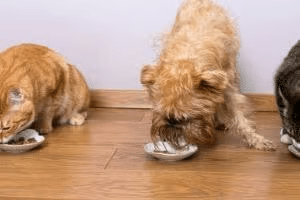
Is There a Way to Get a GPS On or In a Pet?
Not exactly, but allow us to explain. What’s most important to remember is that a microchip is not a GPS. It’s not something where you log in, enter the number, and find your dog. Your dog has to be located by someone else and turned into a shelter or veterinarian. Don’t underestimate the effectiveness of microchips, as they have been the reason for many human/pet reunions, but they aren’t GPS devices.
There are companies like Garmin that do offer GPS devices to put on your pet’s collar but, of course, the collar has to remain on the pet and it has to be charged for this to be effective. They’re also quite bulky. One thing that isn’t often discussed but could be truly helpful in this scenario is the tiny GPS device put out by the company Tile. It’s very light and hangs on the collar through an “O” ring. It’s as small as a rabies tag so it isn’t even likely to be noticed by the pet. If the pet slips away from you at the dog park or other scenario, you can track them using your phone.
When it comes down to it, the agony of losing a pet—whether during a disaster or not—is one of the worst things that can happen in life, so lining up as many things as you can to prevent this is in your best interest.
Some Final Considerations For Disaster Preparedness For Pets
Remember to update your information in your kit once a year. Set an alarm, particularly if you live in a disaster-prone area. Your contact information could be different, your vet’s contact info could be different, and your pet’s medical information could be different—all of which will be crucial to know when the time comes to treat your beloved pet. You also want to make sure that any food, medication, or other supplies haven’t expired.
While we know that the idea of thinking about natural or other disasters is the last thing anyone wants to consider, we also know that a prepared pet parent is a happy pet parent. If you live in an area where disasters are even an annual occurrence, it will pay major dividends for you to take the time to follow these steps. And if you have any other questions, please don’t hesitate to give us a call.
